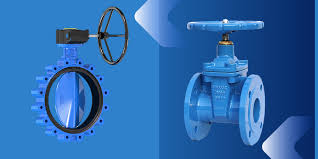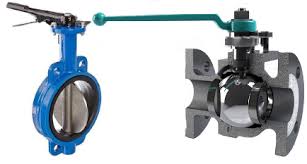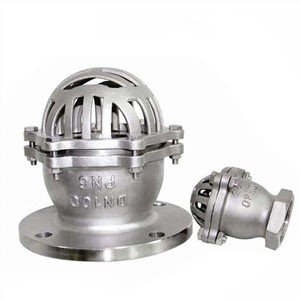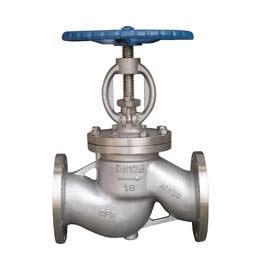What is the difference between ball valve and butterfly valve?

The Application of Classification of ball valve and butterfly valve
When it comes to industrial valve applications, both Ball Valve and Butterfly Valve play crucial roles. Butterfly valve size and model options provide flexibility in tailoring the valve to specific system requirements, while a Comparison of ball valve and butterfly valve reveals their unique strengths – ball valves for tight shutoff and butterfly valves for space-saving designs.
Leading brands like Cameron offer a wide range of high-quality Industrial ball valve solutions, engineered to deliver reliable performance across diverse industries. Whether your application demands exceptional flow control, durability, or space optimization, the strategic use of ball and butterfly valves can significantly enhance the efficiency and safety of your piping systems.
ansi 600 pressure rating
150# flange pressure rating
What is the difference between ball valve and butterfly valve?
Mechanism:
- Ball valves use a rotating ball with a hole through the center to control flow.
- Butterfly valves use a pivoting disc that rotates to open and close the valve.
Sealing:
- Ball valves provide a tight, positive shut-off due to the ball-to-seat sealing mechanism.
- Butterfly valves rely on the disc compressing against the valve seat, which can allow some minor leakage when closed.
Flow Characteristics:
- Ball valves have a more linear flow characteristic, providing good flow control.
- Butterfly valves have a more rounded flow characteristic, making them better suited for on/off applications.
Size Range:
- Ball valves are commonly available in smaller sizes, typically up to 24 inches.
- Butterfly valves are often used in larger pipe sizes, ranging from 2 inches up to 120 inches.
Pressure Capability:
- Ball valves can generally withstand higher pressure ratings compared to butterfly valves of the same size.
- Butterfly valves are better suited for lower pressure applications.
Installation Space:
- Butterfly valves require less installation space due to their compact, low-profile design.
- Ball valves tend to have a larger face-to-face dimension, requiring more space.
What Is ball valve and butterfly valve?
A ball valve is a type of quarter-turn valve that uses a hollow, perforated, and rotating ball to control the flow of a fluid or gas. When the ball is in line with the pipe, the flow is allowed to pass through, and when the ball is rotated 90 degrees, the flow is blocked, providing tight shut-off. Ball valves are known for their reliable performance, easy operation, and ability to withstand high pressures and temperatures.
On the other hand, a butterfly valve is a type of quarter-turn valve that uses a rotary disc to regulate flow. The disc is mounted on a shaft that runs through the center of the pipe, and as the disc rotates, it opens or closes the valve. Butterfly valves are commonly used in larger pipe sizes due to their compact design, lower cost, and relatively good flow characteristics, making them a popular choice for on/off applications in various industries.
How to Select the Right ball valve and butterfly valve?
When selecting the appropriate ball valve or butterfly valve for your application, several key factors must be considered. For ball valves, factors like the required pressure rating, temperature range, and material compatibility are crucial. For butterfly valves, the pipe size, flow requirements, and space constraints play a significant role in the selection process. Additionally, factors such as the level of shut-off required, the frequency of operation, and the overall system design should be evaluated to ensure the chosen valve meets the specific needs of the application. Consulting with valve experts or referring to industry standards can greatly assist in identifying the most suitable ball valve or butterfly valve for your particular requirements.
Features of ball valve and butterfly valve
Tight Shut-off: Ball valves are known for their ability to provide a tight, positive shut-off due to the ball-to-seat sealing mechanism, making them ideal for applications requiring reliable isolation.
Flow Control: The linear flow characteristic of ball valves allows for precise flow control, making them suitable for applications that demand accurate regulation of fluid or gas flow.
Compact Design: Butterfly valves are designed with a low-profile, space-saving configuration, making them a preferred choice in applications with limited installation space.
Cost-effectiveness: Compared to other valve types, butterfly valves are generally more cost-effective, particularly in larger pipe sizes, making them a practical solution for budget-conscious projects.
Simplified Maintenance: The simple design of butterfly valves, with fewer moving parts, often translates to easier maintenance and reduced downtime during servicing.
Versatility: Both ball valves and butterfly valves are capable of handling a wide range of fluids and gases, making them suitable for diverse industrial applications.

The Specifications of ball valve and butterfly valve
| Specification | Details |
|---|---|
| Type | Ball Valve |
| Ball Material | 316 Stainless Steel |
| Attachment Type | Threaded |
| Thread Standard | NPT |
| Thread Size | 1 inch |
| Body Material | 316 Stainless Steel |
| Safe for Use With | Liquids, Gases, Steam |
| Handle Type | Lever |
| Handle Material | Aluminum |
| Maximum Working Pressure | 1000 psi |
| Maximum Working Pressure | 69 bar |
| Operating Pressure | 0-1000 psi |

